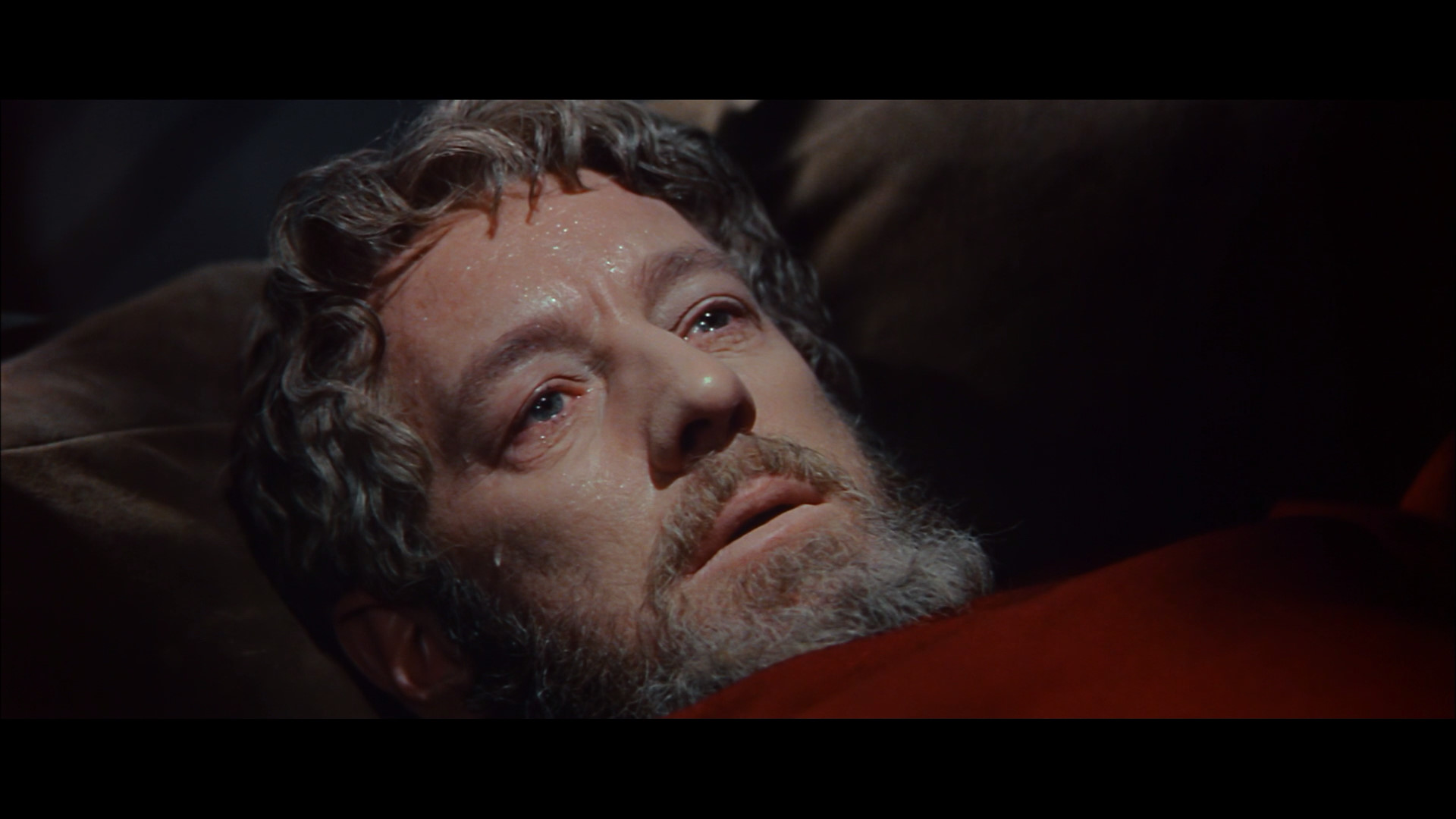



This dissertation also explores archaeological evidence including cultural remains, artwork, and inscriptions from the multitude of catacombs surrounding only the city of Rome. Research demonstrates that primary evidence is scant, however modern religious authors still support the claim and as such is worth revisiting the scholarship that spans from the third century to the present for possible evidence.

This legend states that Early Christians hid from Roman authorities inside the catacombs, next to the tombs of their martyrs, during intermittent periods of persecution under the reigns of Valerian, Decius, and Diocletian specifically. The debate as to whether Early Christians used these subterranean tombs as places of refuge to hide from Roman persecutors has been a topic of scholarly debate since the Counter-Reformation, which was discovered to play a much larger role in the perpetuation of the “catacomb legend”. Utilizing primary Christian sources since no Roman accounts on the subject exist, this dissertation will explore the possibility of Early Christians seeking refuge in the Roman catacombs through both literary and physical evidence. This research will, however, focus on those periods of persecutions during the third through the fourth centuries AD, which coincide with the known periods of Christian use of catacombs just outside of Rome. The generally acknowledged period of Roman persecution of Christians spans at least from the mid-first century AD with the Great Fire of AD 64 under Nero until the early fourth century AD with the issue of the Edict of Milan in AD 313 under Constantine.


 0 kommentar(er)
0 kommentar(er)
